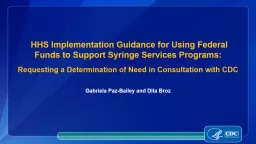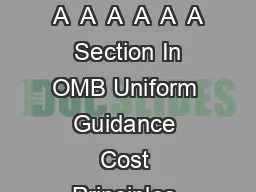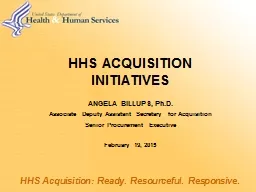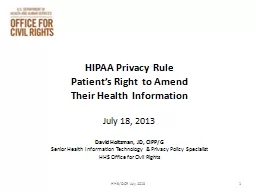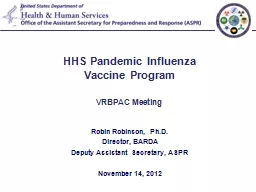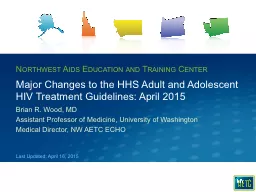PPT-HHS Implementation Guidance
Author : sherrill-nordquist | Published Date : 2018-09-22
to Support Certain Components of Syringe Services Programs 2016 Requesting a Determination of Need in Consultation with CDC Gabriela PazBailey Centers for Disease
Presentation Embed Code
Download Presentation
Download Presentation The PPT/PDF document "HHS Implementation Guidance" is the property of its rightful owner. Permission is granted to download and print the materials on this website for personal, non-commercial use only, and to display it on your personal computer provided you do not modify the materials and that you retain all copyright notices contained in the materials. By downloading content from our website, you accept the terms of this agreement.
HHS Implementation Guidance: Transcript
Download Rules Of Document
"HHS Implementation Guidance"The content belongs to its owner. You may download and print it for personal use, without modification, and keep all copyright notices. By downloading, you agree to these terms.
Related Documents

